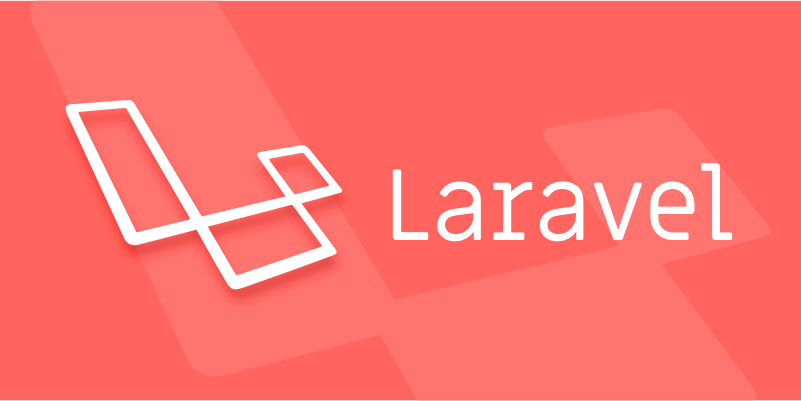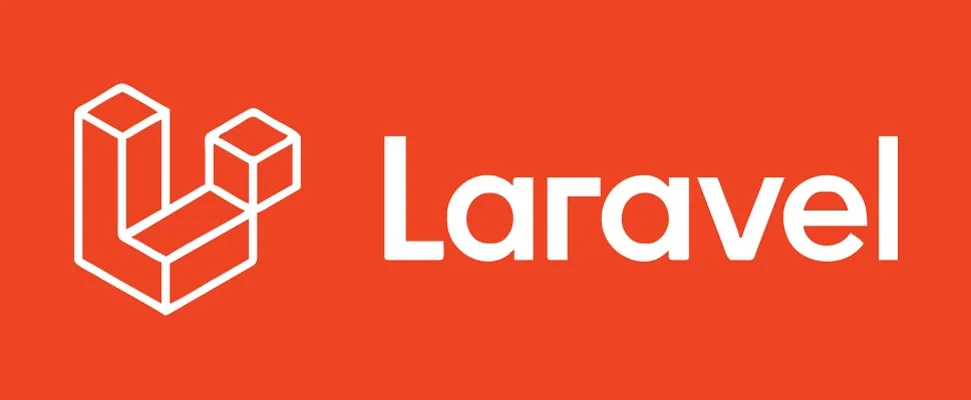Writing Custom Validation Rules in Laravel.
Jul 15, 2025 am 01:17 AMIn Laravel, custom validation rules can be implemented in three ways. 1. Use Rule::make to create closure verification rules, suitable for simple logic, such as checking whether the mailbox has been registered; 2. Create reusable rule classes, generate and implement the validate method through the Artisan command, suitable for large projects or multiple reused logic; 3. Centrally manage verification rules and prompt information in form requests to improve structural clarity and maintenance. In addition, error prompts can be customized by using the $fail() or overridden messages() method. These methods effectively enhance the readability and maintainability of verification logic.

In Laravel, custom validation rules are a very practical feature, especially when dealing with complex business logic. Laravel provides flexible mechanisms to extend the default verification system, allowing you to add your own rules as needed.

1. Create custom rules using Rule::make
The easiest way is to create a closure using Rule::make method to execute the verification logic. For example:
use Illuminate\Validation\Rule;
$rules = [
'email' => [
'required',
'email',
Rule::make(function ($attribute, $value, $fail) {
if (User::where('email', $value)->exists()) {
$fail('This email address has been registered');
}
}),
],
];This method is suitable for simple verification logic and can be embedded directly into the form request or the controller. But if you have many similar rules or want to reuse some verification logic, it is recommended to further encapsulate.

2. Create reusable rule classes (Custom Rule Objects)
Laravel supports the generation of custom rule classes through the Artisan command:
php artisan make:rule UniqueEmailForUsers
This command will generate a rule class file in the app/Rules directory. You can implement the __invoke method in it:

namespace App\Rules;
use Closure;
use Illuminate\Contracts\Validation\ValidationRule;
class UniqueEmailForUsers implements ValidationRule
{
public function validate(string $attribute, mixed $value, Closure $fail): void
{
if (User::where('email', $value)->exists()) {
$fail('This email address has been used');
}
}
}Then use it like this in your verification rules:
use App\Rules\UniqueEmailForUsers; 'email' => ['required', 'email', new UniqueEmailForUsers()]
This approach is more suitable for large projects or verification logic that requires multiple reuses.
3. Organize rules in form requests
If you often process a certain type of request (such as user registration and product listing), it is recommended to use Form Request to centrally manage verification logic.
Generate a form request:
php artisan make:request StoreUserRequest
Open the generated class and introduce the rule object you defined earlier in rules() method:
public function rules()
{
Return [
'email' => ['required', 'email', new UniqueEmailForUsers()],
'password' => 'required|min:8',
];
}This not only has a clear structure, but also facilitates post-maintenance and testing.
Tips: Prompt information can also be customized
No matter which way you define the rule, you can specify the error prompt by returning the string:
- Call
$fail('提示信息')inRule::make - Call
$fail->('提示信息') - Or override
messages()method in the form request to customize the field prompt
for example:
public function messages()
{
Return [
'email.required' => 'The email cannot be empty',
'password.min' => 'Password is at least 8 digits',
];
}Basically that's it. Using these methods reasonably can make your Laravel verification logic clearer and easier to maintain.
The above is the detailed content of Writing Custom Validation Rules in Laravel.. For more information, please follow other related articles on the PHP Chinese website!

Hot AI Tools

Undress AI Tool
Undress images for free

Undresser.AI Undress
AI-powered app for creating realistic nude photos

AI Clothes Remover
Online AI tool for removing clothes from photos.

Clothoff.io
AI clothes remover

Video Face Swap
Swap faces in any video effortlessly with our completely free AI face swap tool!

Hot Article

Hot Tools

Notepad++7.3.1
Easy-to-use and free code editor

SublimeText3 Chinese version
Chinese version, very easy to use

Zend Studio 13.0.1
Powerful PHP integrated development environment

Dreamweaver CS6
Visual web development tools

SublimeText3 Mac version
God-level code editing software (SublimeText3)

Hot Topics
 How to test Laravel API interface?
May 22, 2025 pm 09:45 PM
How to test Laravel API interface?
May 22, 2025 pm 09:45 PM
Efficient methods for testing Laravel API interfaces include: 1) using Laravel's own testing framework and third-party tools such as Postman or Insomnia; 2) writing unit tests, functional tests and integration tests; 3) emulating a real request environment and managing database status. Through these steps, the stability and functional integrity of the API can be ensured.
 How to customize Laravel's user authentication logic?
May 22, 2025 pm 09:36 PM
How to customize Laravel's user authentication logic?
May 22, 2025 pm 09:36 PM
Custom Laravel user authentication logic can be implemented through the following steps: 1. Add additional verification conditions when logging in, such as mailbox verification. 2. Create a custom Guard class and expand the authentication process. Custom authentication logic requires a deep understanding of Laravel's authentication system and pay attention to security, performance and maintenance.
 Laravel integration with social media login (OAuth)
May 22, 2025 pm 09:27 PM
Laravel integration with social media login (OAuth)
May 22, 2025 pm 09:27 PM
Integrating social media login in the Laravel framework can be achieved by using the LaravelSocialite package. 1. Install the Socialite package: use composerrequirelaravel/socialite. 2. Configure the service provider and alias: add relevant configuration in config/app.php. 3. Set API credentials: Configure social media API credentials in .env and config/services.php. 4. Write controller method: Add redirection and callback methods to handle social media login process. 5. Handle FAQs: Ensure user uniqueness, data synchronization, security and error handling. 6. Optimization practice:
 How to create Laravel package (Package) development?
May 29, 2025 pm 09:12 PM
How to create Laravel package (Package) development?
May 29, 2025 pm 09:12 PM
The steps to create a package in Laravel include: 1) Understanding the advantages of packages, such as modularity and reuse; 2) following Laravel naming and structural specifications; 3) creating a service provider using artisan command; 4) publishing configuration files correctly; 5) managing version control and publishing to Packagist; 6) performing rigorous testing; 7) writing detailed documentation; 8) ensuring compatibility with different Laravel versions.
 Common security threats and protection measures for Laravel applications
May 22, 2025 pm 09:33 PM
Common security threats and protection measures for Laravel applications
May 22, 2025 pm 09:33 PM
Common security threats in Laravel applications include SQL injection, cross-site scripting attacks (XSS), cross-site request forgery (CSRF), and file upload vulnerabilities. Protection measures include: 1. Use EloquentORM and QueryBuilder for parameterized queries to avoid SQL injection. 2. Verify and filter user input to ensure the security of output and prevent XSS attacks. 3. Set CSRF tokens in forms and AJAX requests to protect the application from CSRF attacks. 4. Strictly verify and process file uploads to ensure file security. 5. Regular code audits and security tests are carried out to discover and fix potential security vulnerabilities.
 How to implement password reset function in Laravel?
May 22, 2025 pm 09:42 PM
How to implement password reset function in Laravel?
May 22, 2025 pm 09:42 PM
Implementing password reset function in Laravel requires the following steps: 1. Configure the email service and set relevant parameters in the .env file; 2. Define password reset routes in routes/web.php; 3. Customize email templates; 4. Pay attention to email sending problems and the validity period of tokens, and adjust the configuration if necessary; 5. Consider security to prevent brute-force attacks; 6. After the password reset is successful, force the user to log out of other devices.
 What is Middleware in Laravel? How to use it?
May 29, 2025 pm 09:27 PM
What is Middleware in Laravel? How to use it?
May 29, 2025 pm 09:27 PM
Middleware is a filtering mechanism in Laravel that is used to intercept and process HTTP requests. Use steps: 1. Create middleware: Use the command "phpartisanmake:middlewareCheckRole". 2. Define processing logic: Write specific logic in the generated file. 3. Register middleware: Add middleware in Kernel.php. 4. Use middleware: Apply middleware in routing definition.
 Sensitive data protection policies in Laravel
May 22, 2025 pm 09:30 PM
Sensitive data protection policies in Laravel
May 22, 2025 pm 09:30 PM
Laravel provides a variety of strategies to ensure data security: 1. Use Cryptfacade to encrypt data to protect sensitive information. 2. Enable access control through authorization policies (AuthorizationPolicies) to prevent data leakage. 3. Adjust logging policy and use log rotation to avoid sensitive data leakage.






